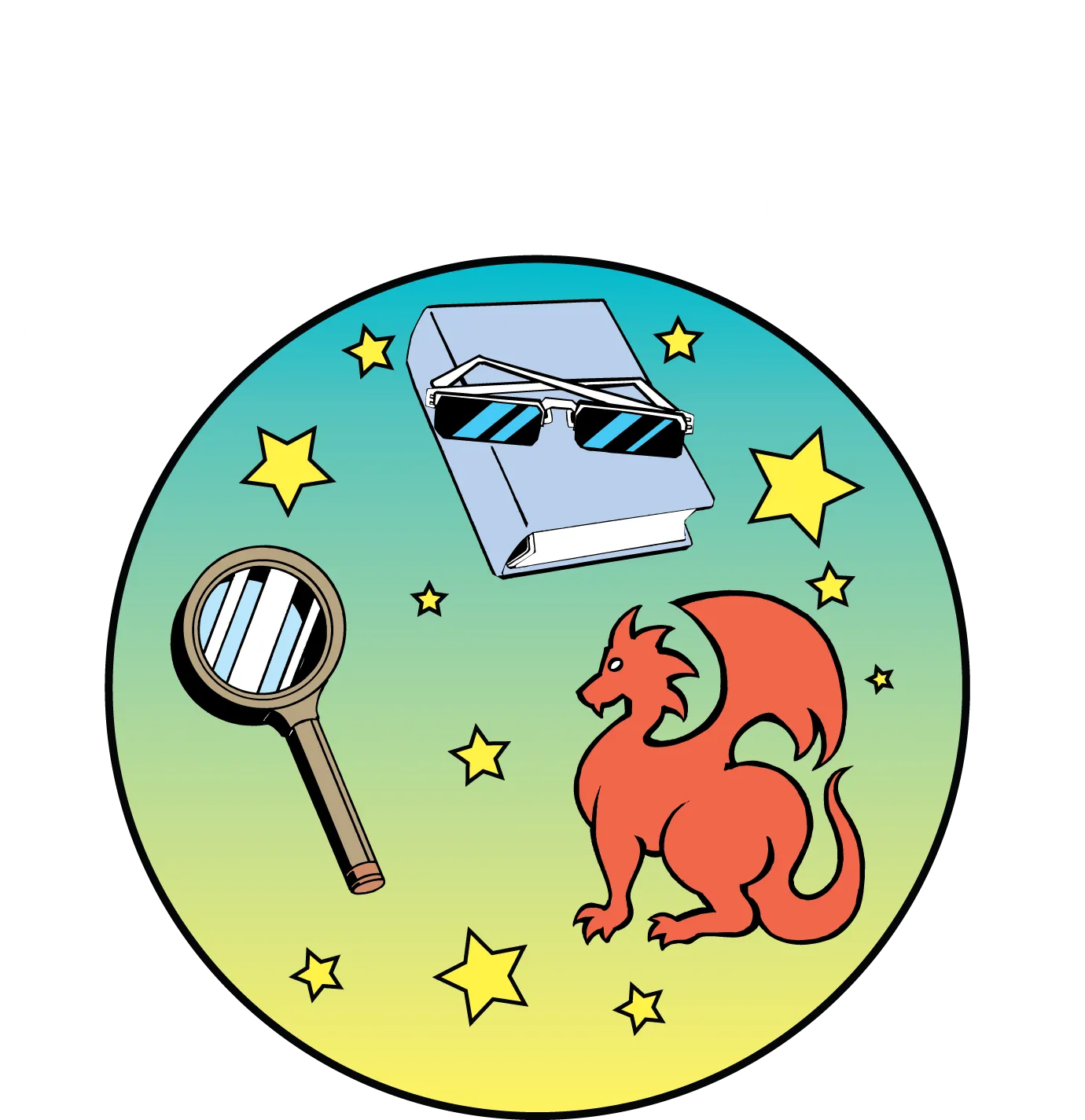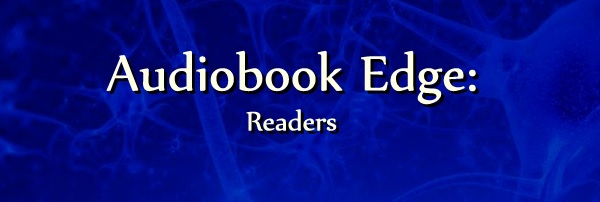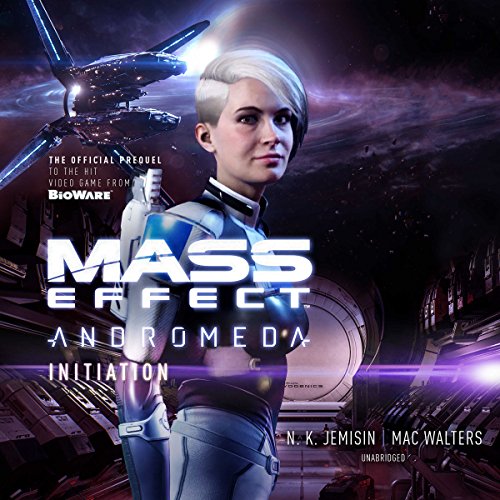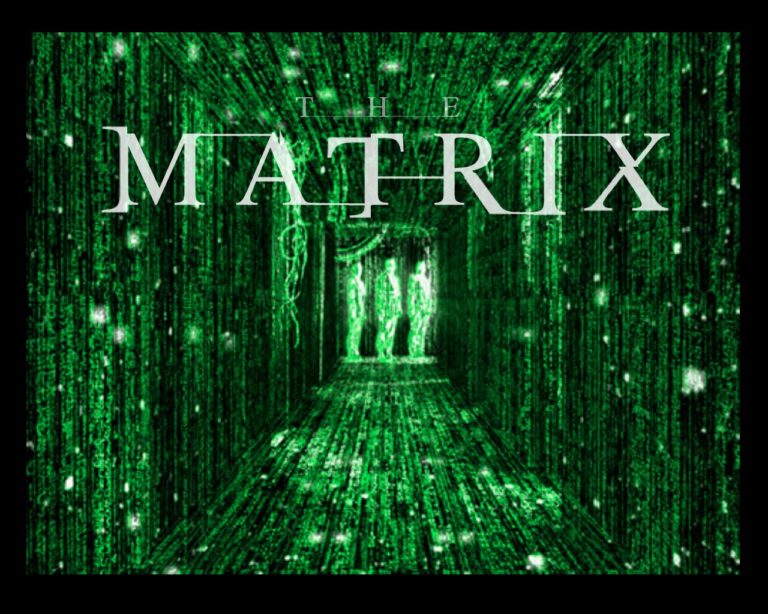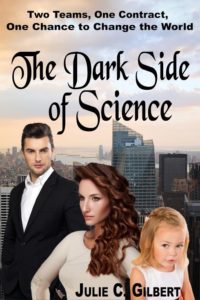
Introduction:
Science fiction comes in many flavors. It’s not all aliens and spaceships. Sometimes, science that matters most. Writers who strive for near-future science fiction typically ask “what if” a lot.
What’s the trick to making it realistic?
Go a step further than what’s possible now. For The Dark Side of Science, the whole premise might be beyond what’s possible now, but not by much. Mostly, ethical guidelines and massive amounts of red tape separate reality and fiction here.
The Devya’s Children series features several genetically altered children. By turning certain genes on and off, the scientists gave the children special gifts. Also, the scientists played around with their features, so that even though the biological parents were white, one appeared Asian and another African.
Is that possible?
Several documented cases show that it’s possible to get kids of mixed descent turning out with different skin tones. Take this National Geographic article about black and white fraternal twins for example. We believe our understanding of science has come far in the last few hundred years, and it definitely has. However, we’re still making new discoveries all the time.
Could it happen?
Shoving ethics aside and unfettering science, it probably wouldn’t take long to get where The Dark Side of Science started.
In The Dark Side of Science, two companies compete for the same secret government contract. They’re showing off the “best” of their products by having the children created in the programs battle in a winner-takes-all, losers-might-die competition. Since they’re not sure how to make Minders, they’re trying to get those memories out of one of the scientists who turned away from the project.
Samples of the Science in the Fiction:
(Contains spoiler for The Dark Side of Science)
In chapter 13, we find Dr. Jessica Paladon having a disagreement with a molecule simulator. Her friend got poisoned, and she must create an antidote from the raw materials. First, she designs the molecule she wants in a computer. Then, she tasks the molecule simulator to create the compound so she can test it on her friend.
To my knowledge, molecule simulators don’t exist. But 3D printers do. It’s essentially the same idea, only applied on a smaller level.
While many genetically altered plants and animals exist, probably not humans … yet. The movie Gattaca explores some of the ethical questions behind a society that allows itself to choose skin color and traits that would favor certain abilities. Long before I even started writing, the “what if” question existed.
Spaceships exist, but not ones that can take humans to the far side of the galaxy. Yet. We’re limited by resources: the fuel, the technology, and so forth. But what if something new was discovered, a stable element that lasted far longer and burned hotter than any known fuel. That could be a game changer.
Conclusion:
Science fiction takes the known and pushes it further into the unknown. It paints a picture where everything we know is true plus a few extra things.
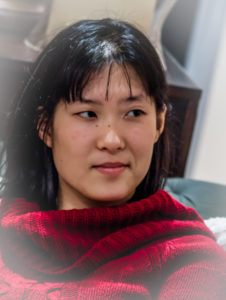
About the Author:
Julie C. Gilbert teaches high school chemistry and writes in many genres, including nonfiction, fantasy, young adult science fiction, mystery/thriller, and Christian mystery. She collects Legos and Star Wars stuff.
Links:
Email: [email protected]
Amazon page – has all the published works.
Instagram: juliecgilbert_writer
Associate links to follow…
Amazon Prime
Audible – If you’d like some free codes, please email me at [email protected] with requests for any of my works.
